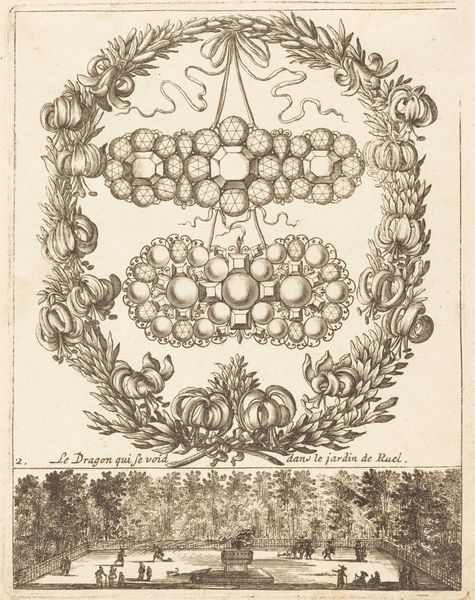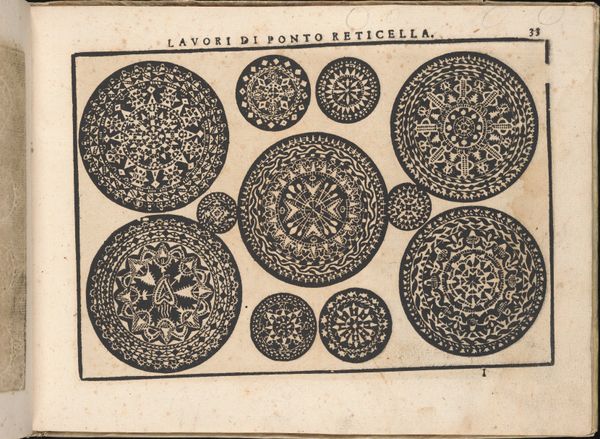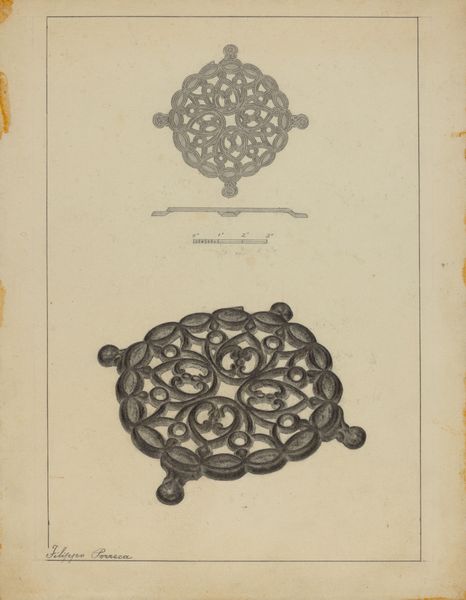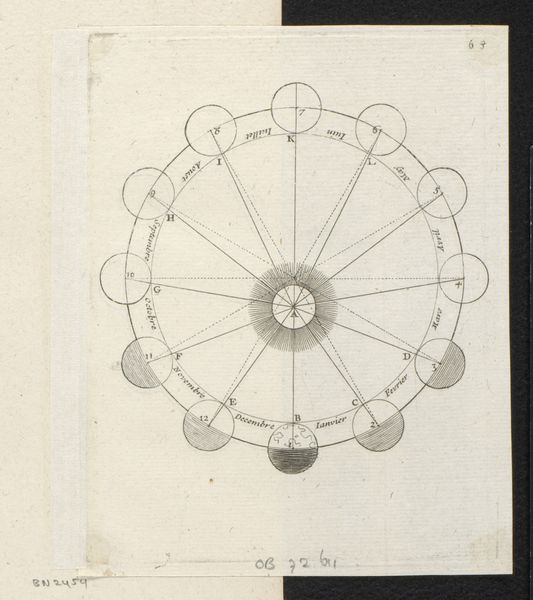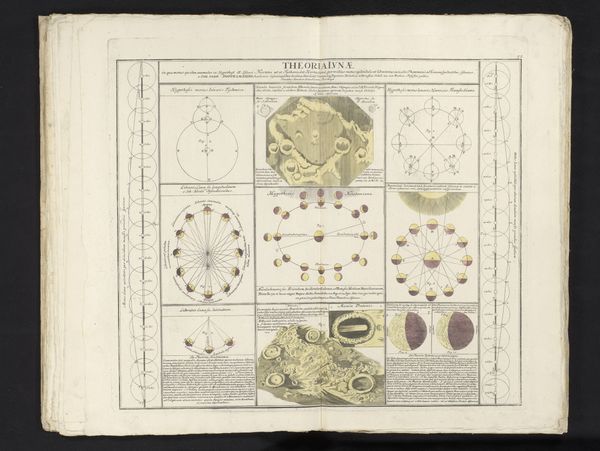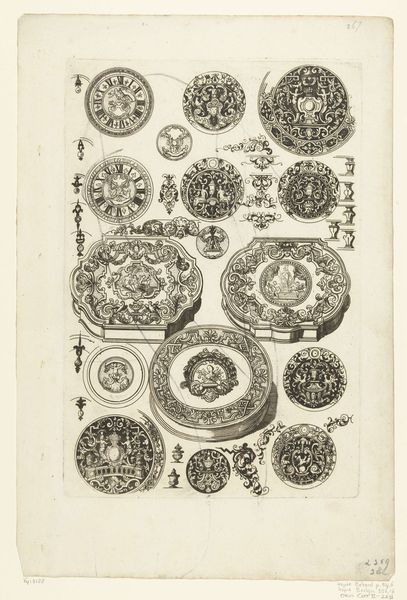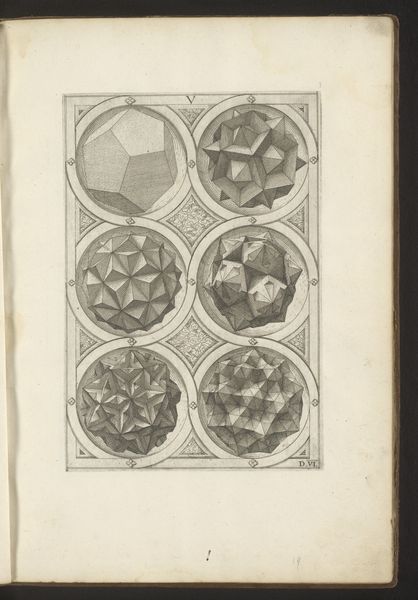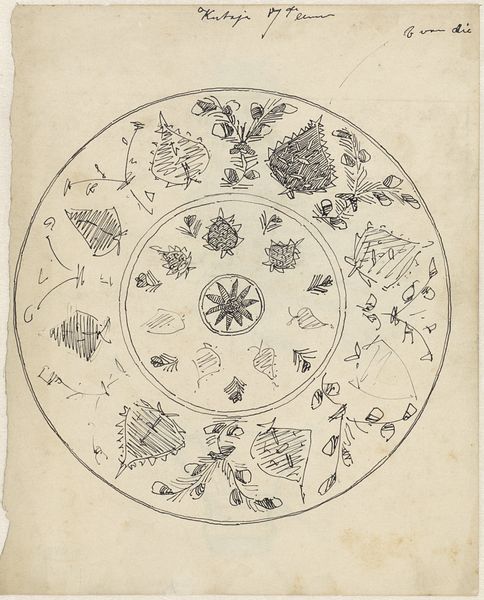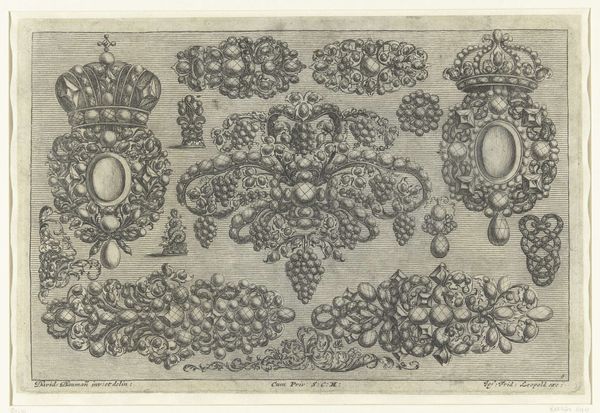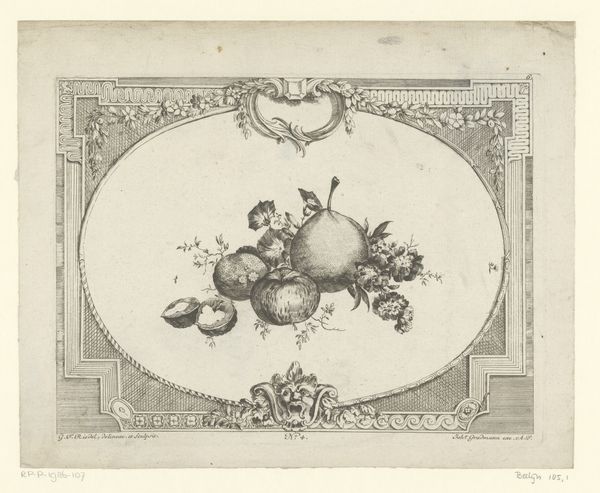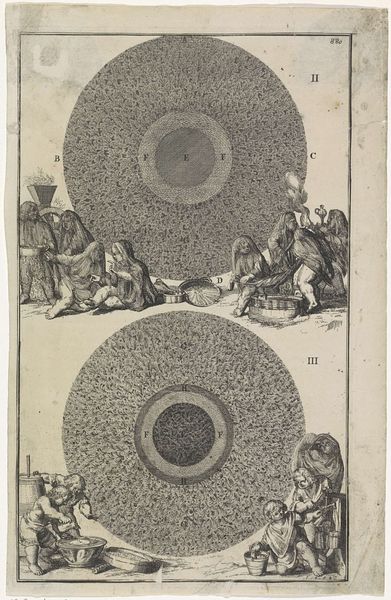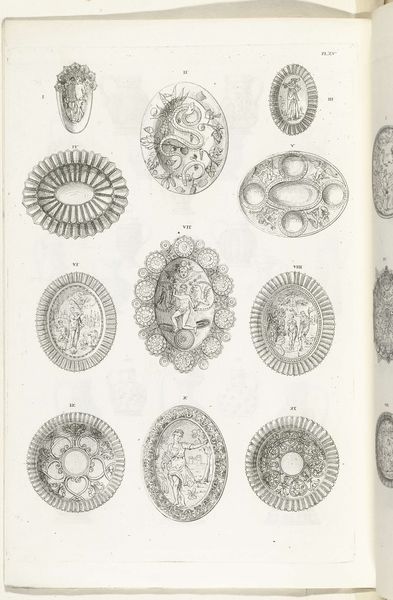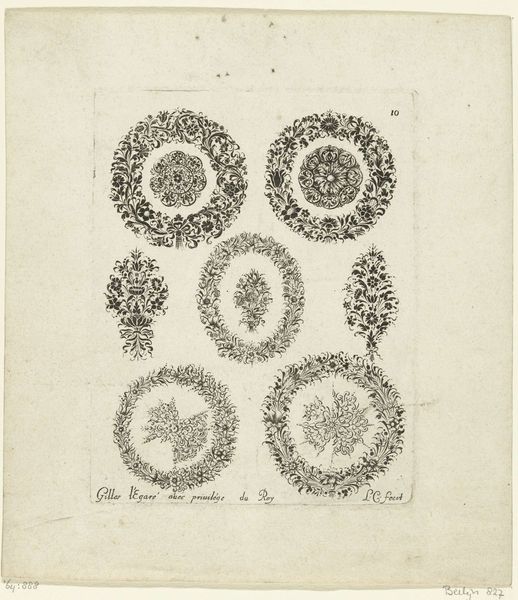
Doorsnede van de Aarde met bellenblazende engel en fles met bubbels 1706
0:00
0:00
sebastienleclerci
Rijksmuseum
print, engraving
#
allegory
#
baroque
# print
#
old engraving style
#
geometric
#
line
#
engraving
Dimensions: height 159 mm, width 95 mm
Copyright: Rijks Museum: Open Domain
This print, currently held in the Rijksmuseum, was made by Sébastien Leclerc I, a French artist working in the late 17th and early 18th centuries. It gives visual form to a very specific idea of the earth. The image offers a cross-section of the earth, showing its composition as a series of bubbles. Below this, we see an angel blowing bubbles. The print encapsulates scientific and philosophical ideas about the natural world at this time. The series of bubbles represents a vortex theory, a popular scientific hypothesis in the 17th century. This theory suggested that the universe was formed of swirling vortices of matter. Leclerc was closely associated with the French Royal Academy of Painting and Sculpture. His work gives us a sense of how new scientific ideas circulated within established artistic institutions. To fully understand this print, we might consult publications and lectures from the French Royal Academy, along with scientific treatises of the period. These sources would help us to understand the social and intellectual contexts that shaped the meaning of this artwork.
Comments
No comments
Be the first to comment and join the conversation on the ultimate creative platform.
